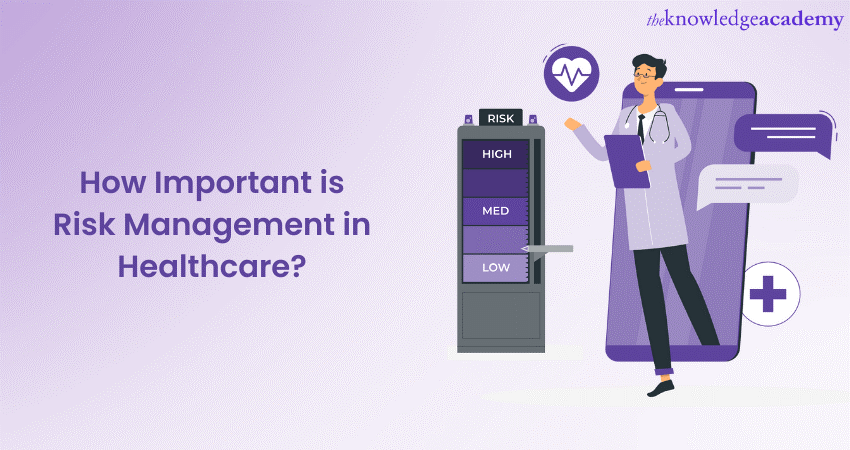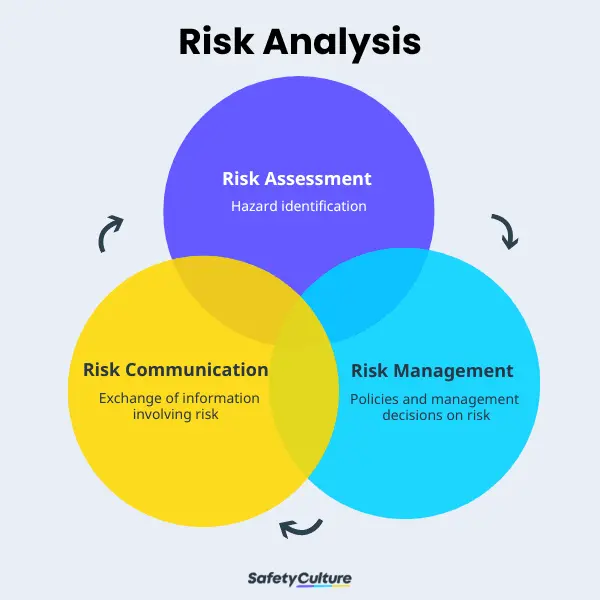Understanding the Significance of Risk Management in Modern Business Practices
Understanding the Significance of Risk Management in Modern Business Practices
Blog Article
Exploring the Importance of Risk Management for Effective Decision-Making Techniques
In the intricate world of service, Risk Management becomes an important consider the decision-making procedure. The capacity to determine possible threats and chances, and plan accordingly, can mean the distinction in between success and failure. With tools such as SWOT and PESTEL, companies are equipped to make informed options, cultivating resilience and adaptability in an ever-changing atmosphere. Wondering just how this functions? Let's unload the characteristics better.
Understanding the Idea of Risk Management
Risk Management, a vital element in decision-making, is often misinterpreted or oversimplified. Normally, it describes the identification, examination, and prioritization of risks to decrease, check, and regulate the possibility or impact of unfortunate events. It's not just concerning protecting against adverse results, however also about identifying possible chances. Risk Management includes structured and disciplined techniques, utilizing data and informative evaluations. It needs an extensive understanding of the organization's context, purposes, and the prospective risks that can combat them. From monetary uncertainties, lawful obligations, tactical Management mistakes, to mishaps and natural disasters, it resolves numerous dangers. Importantly, reliable Risk Management is not stationary; it's a constant, progressive process that advances with altering circumstances.
The Duty of Risk Management in Decision-Making Processes
In the world of calculated preparation and company procedures, Risk Management plays an indispensable role in decision-making procedures. It assists in identifying prospective hazards and unpredictabilities that could impact the success of business objectives. By tracing these dangers, firms can create techniques to alleviate their effect, making sure service connection and security. Risk Management therefore comes to be an important device in decision-making, assisting leaders to make enlightened choices based on an extensive understanding of the dangers included. It motivates an aggressive strategy, making it possible for companies to prepare and prepare for for feasible future circumstances. This significantly reduces the possibility of unfavorable consequences, promoting more efficient and reliable decision-making approaches. Consequently, Risk Management acts as an important component in the decision-making processes of any kind of company.

How Risk Management Improves Strategic Planning
In the context of critical preparation, Risk Management plays an essential role. Initiating with the recognition of prospective risks, it better encompasses the application of Risk reduction steps. The role of Risk Management is not fixed however dynamic, as it requires continuous monitoring and adjusting of approaches.
Determining Potential Dangers

Applying Risk Reduction
Risk reduction techniques can range from Risk evasion, Risk transfer, to risk reduction. Each approach should be customized to the details Risk, considering its prospective effect and the company's Risk tolerance. Efficient Risk mitigation calls for a deep understanding of the Risk landscape and the potential influence of each Risk.
Monitoring and Changing Approaches
Though Risk reduction is a crucial action in tactical preparation, continuous tracking and change of these techniques is just as essential. This recurring process enables companies to identify new threats and reassess existing ones, making sure the implemented techniques continue to be effective in the ever-changing service setting. It also supplies an opportunity to examine the success of the Risk Management steps, permitting adjustments to be made where required, additional boosting tactical preparation. Reliable surveillance and adjustment require making use of analytics and crucial efficiency indicators (KPIs) to measure efficiency. These devices give valuable data-driven insights that can inform tactical decision-making. Monitoring and adjusting Risk Management strategies is a vital element for enhancing a company's visit their website durability and calculated preparation.
Case Studies: Successful Risk Management and Decision-Making
Worldwide of business and finance, effective Risk Management and decision-making commonly work as the pillars of prosperous ventures. One such entity is an international oil business that alleviated monetary loss by hedging against fluctuating oil rates. In one more instance, a tech start-up grew by determining and accepting risky, high-reward strategies in an unpredictable market. A worldwide bank, encountered with regulative uncertainties, efficiently browsed the situation via positive Risk analysis and dynamic decision-making. These instances highlight the worth of astute Risk Management in decision-making procedures. It is not the absence of Risk, but the Management of it, that usually sets apart successful companies from not successful ones. These cases emphasize the vital role of Risk Management in calculated decision-making. importance of risk management.
Tools and Strategies for Efficient Risk Management
These devices, such as Risk registers and warm maps, help in recognizing and analyzing potential risks. Risk response strategies, an essential element of Risk Management, involve accepting, avoiding, transferring, or mitigating risks. With these tools and techniques, decision-makers can browse the complicated landscape of Risk Management, therefore promoting educated and efficient decision-making.
Future Patterns in Risk Management and Decision-Making Approaches
As we discover the huge landscape of Risk Management, it comes to be obvious that the tools and techniques utilized today will remain to advance. Future fads direct towards an enhanced reliance on innovation, with fabricated knowledge and artificial intelligence playing substantial functions. These technologies will certainly allow organizations to forecast prospective risks with higher accuracy and make even more educated choices. Furthermore, there will be an expanding emphasis on strength, not just in taking care of risks yet likewise in jumping back from negative situations. The principle of Risk society, where every member of a company is aware and included in Risk Management, will certainly gain much more prestige. These patterns proclaim a more inclusive and aggressive approach in the direction of Risk Management and decision-making.
Final thought

Risk Management hence ends up being a crucial tool in decision-making, aiding leaders to make enlightened options based on an extensive understanding of the risks involved. Risk mitigation strategies can vary from Risk avoidance, Risk transfer, to run the risk of reduction (importance of risk management). Reliable Risk reduction needs a deep understanding of the Risk landscape and the possible effect of each Risk. Risk feedback strategies, a vital part of Risk Management, entail approving, avoiding, moving, or mitigating dangers. The principle of Risk culture, where every participant of an visit this site right here organization is mindful and involved in Risk Management, will certainly acquire extra importance
Report this page